Learning target: I can explain how limiting factors affect populations in the Arctic ecosystem.
We reviewed the limiting factors for the Arctic Ecosystem and identified how the limiting factor impacted specific populations in the Arctic Ecosystem. laclk of light was identified as a very important limting factor?
We then looked at water chemistry for pond ecosystems and started to think about the abiotic factors we can test that might limit population growth in our own pond.
Is a 'bad' thing to have limiting factors in the ecosystem?
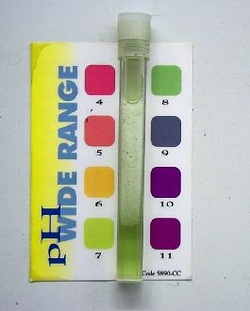
looking at this test sample what is the pH value for the pond today?

| 04-30_limiting_factors_and_chemical_testing.pdf |
| File Size: | 3051 kb |
| File Type: | pdf |
Download File
Learning target: I can explain how limiting factors affect populations in the arctic ecosystem
Today we went through the answers to the Limiting Factors questions and the Mono Lake Analysis questions (green sheet). As we were talking it felt like you all were comfortable in your understaning of the abiotic and biotic factors that limit the growth of a population. This will be a section on the test next wednesday.We will go over the test topics on monday.
Have a great weekend!
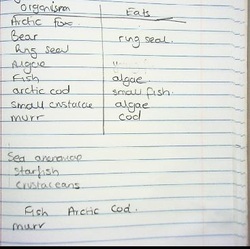
Arctic Ecosystem organisms and what they eat.
This is a beginning list!
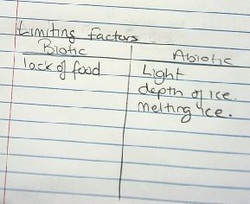
Arctic Ecosystem limiting factors
again this is a beginning list!
Learning target: I can explain how limiting factors affect populations.
it was a quiet day of reading and reflecting upon the concept of limiting factors. When we related the idea to the pond ecosystem it all seeemed a little clearer! think about this....
last year about 200 tadpoles hatched from the eggs. how come there are only 4 frogs in the pond?

| 04-26_limiting_factors_day_2.pdf |
| File Size: | 802 kb |
| File Type: | pdf |
Download File
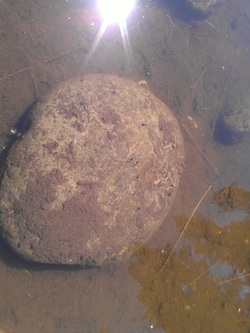
Tadpoles eating algae off the rocks
Yesterday I had the honor, along with 5 other staff members, of accepting the award for excellence on behalf of the school.
learning target:I can identify biotic and abiotic factors that limit population growth and demonstrate my understanding with an example from the Frog pond.
In the classroom you all worked on describing the biotic and abiotic factors that limit the growth of a population.These are the factors in an ecosyste that stop a population from reaching its potential maximum growth.

| 04-25-limiting_factors.pdf |
| File Size: | 4781 kb |
| File Type: | pdf |
Download File
Today was spent mainly in the lab begining the write up for the Frog Pond Ecosystem study.
The main goal for today was to set up a new folder in your science folder and to type the introduction.
if you did not finish the introduction you need to do this in your own time.
Check out the new Pond Ecosystem tab and look under the important documents.

| 04-24_trophic_levels_and_pond_study.pdf |
| File Size: | 1338 kb |
| File Type: | pdf |
Download File
What is the 10% rule of trophic levels??? can you see that in action in our Frog pond?

| 04-23-trophic_levels.pdf |
| File Size: | 2260 kb |
| File Type: | pdf |
Download File
Connor and Eamonn calculated the calories in the cheeto they burned. they then figured out using their data , how many food calories there are in a serving of cheetos.They calculated the number of calories to be 18 per serving and according to the packet it is 160c per serving. If you take into account the 10% rule they were right!
Well done guys!!!!!!!
Why did only 10% of the energy get transfered from the cheeto to the themometer in our demonstration? How can we relate this to the 10% rule in trophic levels?
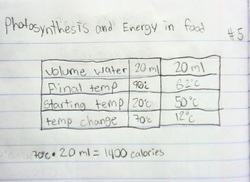

| 04-20_energy_in_cheetos.pdf |
| File Size: | 1627 kb |
| File Type: | pdf |
Download File
Plants get their energy from the sun. Where do we get our energy?
Learning target I can explain what happens to the energy from the sun once it has been converted into food energy in the glucose.
Today we did an investigation to figure out how much energy was in a cheeto! The investigation will also help you to understand the 10% rule that was presented to you yesterday.. more on that tomorrow!

| 04-19_burning_cheetos.pdf |
| File Size: | 1780 kb |
| File Type: | pdf |
Download File
Everyone finished typing the discussion to the plant Investigation and turned in a group assignment. Then you all got busy on the jigsaw activity ready to teach your section of the article in the book. We almost finished presenting that work before we ran out of time!
I am hoping that by now it is clear in your minds that plants need WATER and CARBON DIOXIDE to make FOOD using ENERGY from the SUN.
Nurients are needed for a healthy plant.

| 04-17_what_happens_to_the_suns_energy.pdf |
| File Size: | 1723 kb |
| File Type: | pdf |
Download File





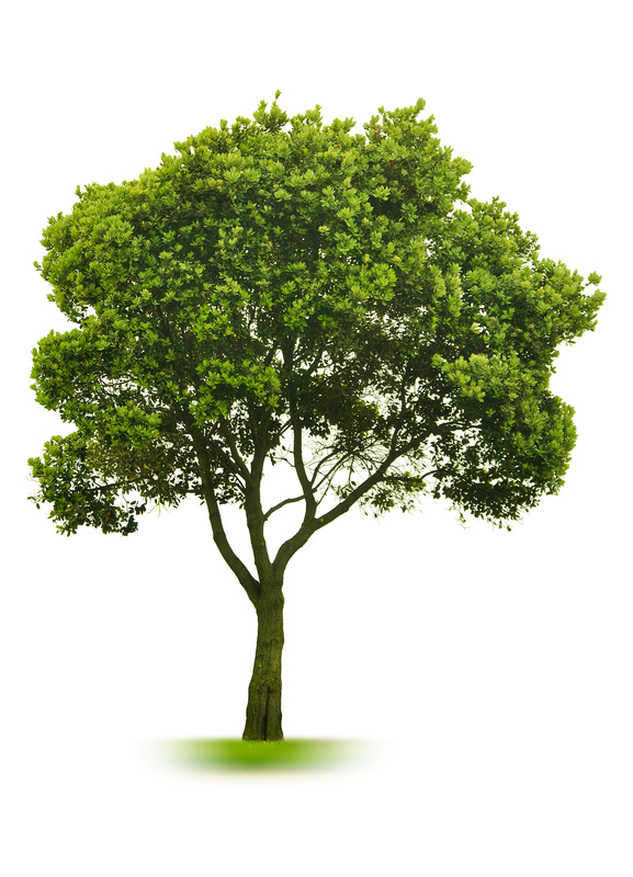
 RSS Feed
RSS Feed